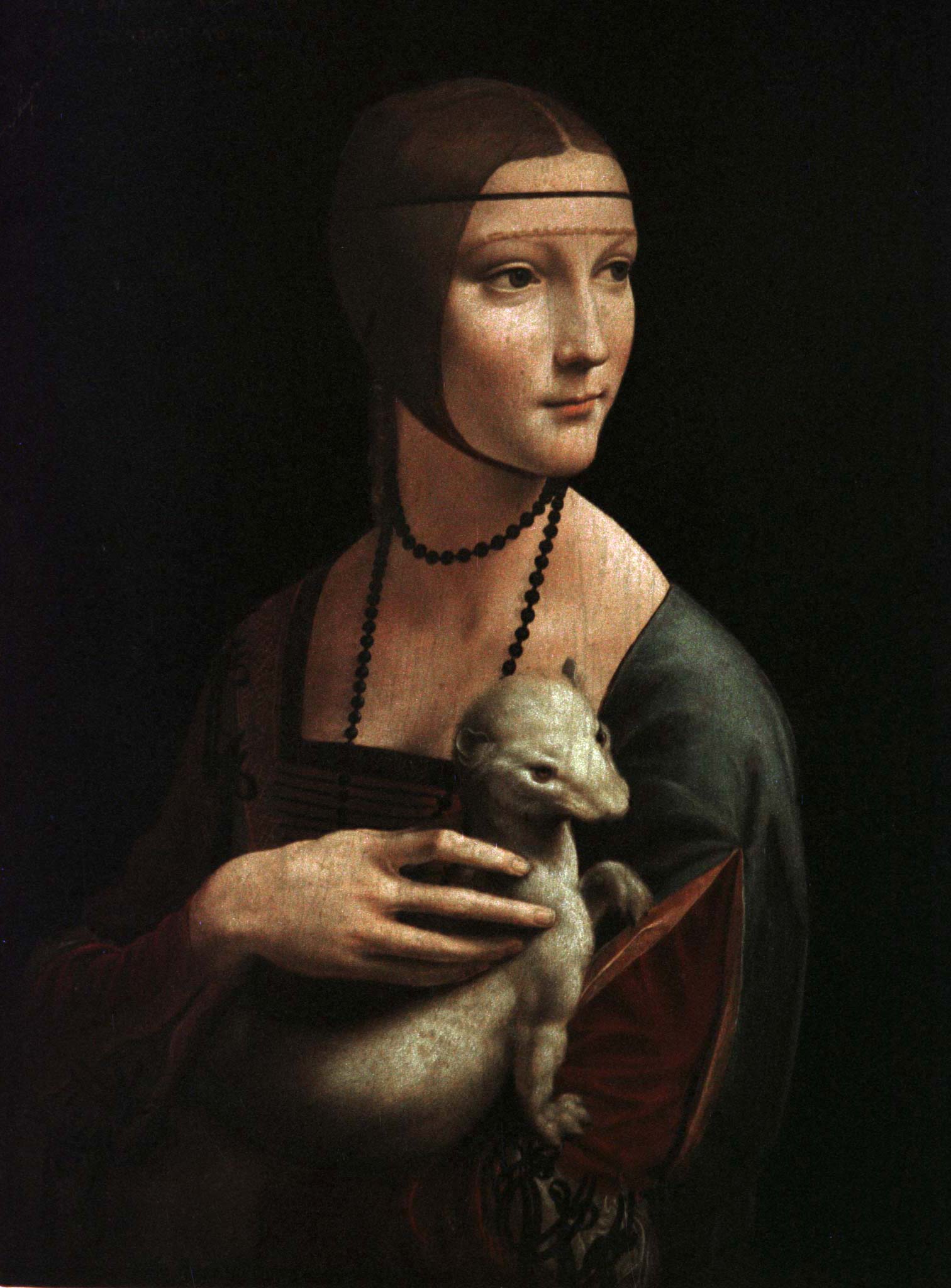
Using a new light technique, a French scientist has revealed that one of Leonardo Da Vinci’s most famous paintings did not originally look as it does today.
The Lady With an Ermine is believed to have been painted in 1489 or 1490, and depicts Cecilia Gallerani, a young woman from the Milanese court in Italy who was the mistress of the Duke of Milan, holding a white ermine.
It was thought the painting had always depicted the ceremonial animal, but Pascal Cotte has just discovered that Da Vinci actually painted two previous versions, the BBC reports.
After three years of examining the work using a new reflective-light technique called Layer Amplification Method, or LAM, he learned that the first iteration was without the ermine and a second had changes to the lady’s dress.
Experts described the revelation as “thrilling.”
Cotte’s technique works by projecting a series of intense lights onto the canvas while a camera measures the reflections. From the measurements Cotte can analyze what was painted beneath.
“The LAM technique gives us the capability to peel the painting like an onion, removing the surface to see what’s happening inside and behind the different layers of paint,” he told the BBC.
The painting is usually housed at the National Museum in Krakow, Poland.
[BBC]
More Must-Reads From TIME
- The 100 Most Influential People of 2024
- How Far Trump Would Go
- Scenes From Pro-Palestinian Encampments Across U.S. Universities
- Saving Seconds Is Better Than Hours
- Why Your Breakfast Should Start with a Vegetable
- 6 Compliments That Land Every Time
- Welcome to the Golden Age of Ryan Gosling
- Want Weekly Recs on What to Watch, Read, and More? Sign Up for Worth Your Time
Write to Helen Regan at helen.regan@timeasia.com